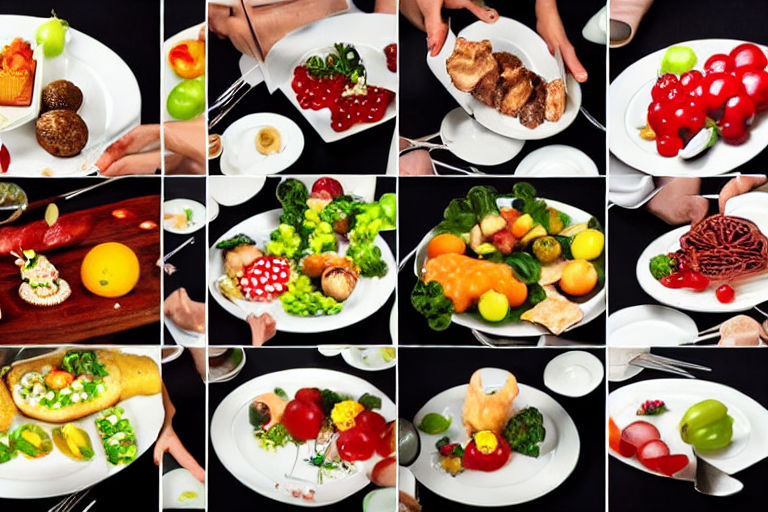The Evolution of Whiskey: A Look at How It's Made Today
Whiskey is a well-loved spirit that has been enjoyed around the world for centuries. It's a complex and nuanced spirit that has changed remarkably over the years. In fact, the whiskey that we drink today is vastly different from its predecessors. In this article, we'll take a look at how whiskey has evolved and how it's made today.
The History of Whiskey
Whiskey has been around for a long time, with origins dating back to the Middle Ages. It was initially used for medicinal purposes, and it wasn't until later that people began drinking it for pleasure. Whiskey also has deep roots in Scottish and Irish culture, where it was first distilled.
Whiskey's Evolution
Over time, whiskey has undergone various changes in the way it is produced. One of the most significant developments was the use of charred oak barrels for aging. This process gives whiskey its distinctive flavor, color, and aroma. Another significant development was the introduction of continuous distillation, which made the process faster and more efficient.
The Whiskey-Making Process Today
The whiskey-making process today is a careful and precise art form. It starts with selecting the grains. The most common grains used in whiskey are barley, corn, rye, and wheat. The grains are then mashed and fermented, producing a beer-like liquid. This liquid is then distilled, with the resulting spirit aged in oak barrels.
Conclusion
Whiskey has come a long way from its humble beginnings. From its medicinal use to the cultural staple it is today, whiskey has played an essential role in the evolution of spirits. And as we continue to enjoy this classic spirit, we can appreciate the history, hard work, and craftsmanship that goes into every bottle.



